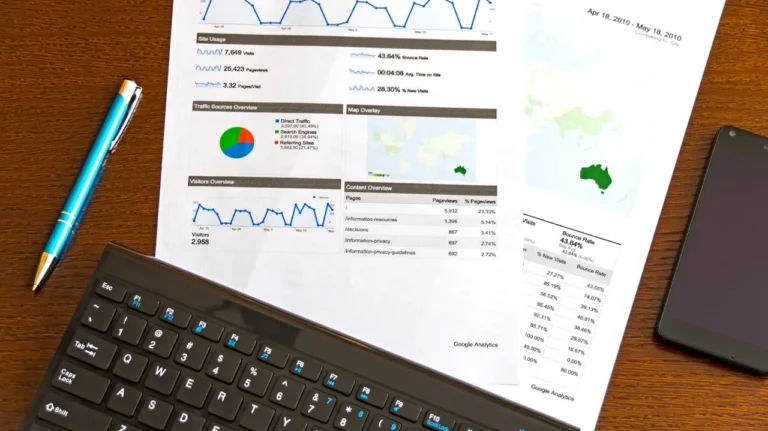
indie Semiconductor, an innovator in automotive solutions, today announced its third-quarter 2024 results for the period ended September 30. The company reported a 3.1% sequential revenue increase, reaching $54.0 million, surpassing the midpoint of its outlook. Non-GAAP gross margin also improved sequentially to 50.4%. On a GAAP basis, the third-quarter operating loss was $49.9 million, a significant improvement from the $136.2 million loss in the same period last year. Non-GAAP operating loss for Q3 2024 was $16.8 million, compared to $13.0 million in Q3 2023. GAAP loss per share was $0.28, while Non-GAAP loss per share was $0.09.
Despite ongoing challenges in the automotive sector, indie exceeded consensus revenue forecasts for Q3. “The market for indie’s innovative portfolio remains strong, driven by long-term trends in ADAS, in-cabin user experiences, and electrification,” said Donald McClymont, co-founder and CEO. “Our strategic backlog increased by 12% year-over-year to $7.1 billion, with design wins particularly strong in vision and radar, which now account for over 72% of the backlog.”
Key Business Highlights:
- Strategic backlog grew to $7.1 billion, driven by new ADAS program wins.
- Flagship ADAS programs in customer homologation are on track for 2025 volume shipments.
- Secured design-win for a LiDAR optical engine and photonics module program.
- Design-win for Vision processor in Avatr12 EV, a leading Chinese OEM.
- Extended ambient lighting design-wins in China with Xiaomi, Avatr, BYD, and Li Auto models.
- Multiple design-wins with a major North American EV maker for high-performance custom networking solutions.
Q4 2024 Outlook:
“For Q4 2024, we expect revenue to increase by more than 7% sequentially, again outpacing industry growth,” said Raja Bal, indie’s CFO. “Strong design-win momentum for our radar and vision products positions us for continued growth, with expectations for an accelerated trajectory in 2025 and beyond.”
The company is providing guidance on a non-GAAP basis only due to the difficulty of estimating certain information required for GAAP reconciliation. For further details, refer to the section “Discussion Regarding the Use of Non-GAAP Financial Measures” in the full release.







